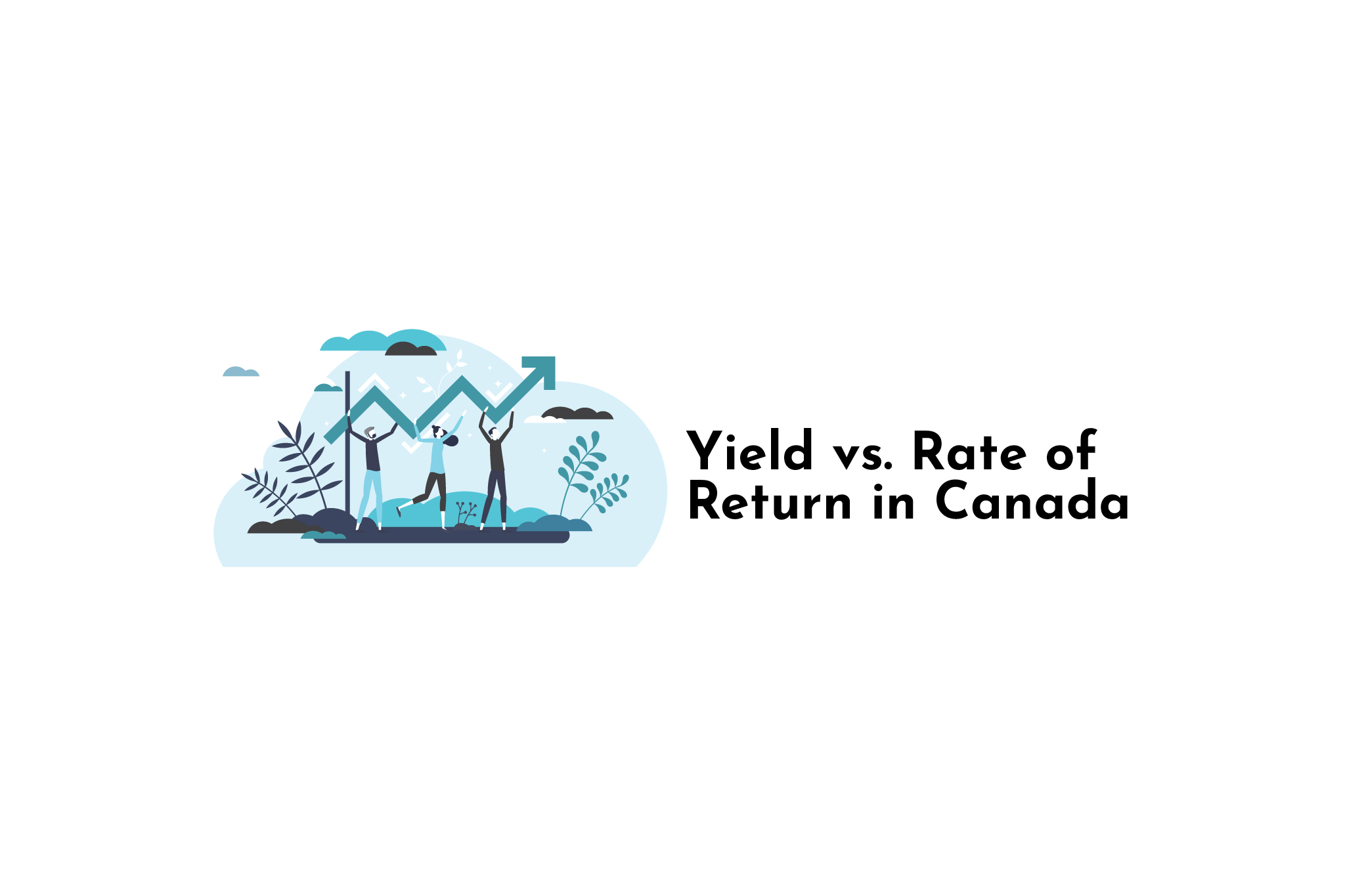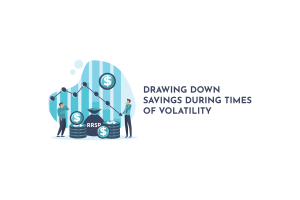Investing your hard-earned money is a crucial step towards building wealth and securing your financial future. In Canada, the realm of investment offers numerous opportunities, but it’s essential to understand the key concepts and factors that influence investment returns. Two important metrics to consider are yield and rate of return. While often used interchangeably, yield and rate of return hold distinct meanings and implications. This article aims to shed light on the differences between yield and rate of return, and their significance in the Canadian investment landscape.
Understanding Yield
Yield is a crucial metric that measures the income generated by an investment over a specific period. In Canada, yield is commonly associated with fixed-income investments such as bonds, debentures, or income-oriented funds. When investing in fixed-income securities, the yield refers to the interest or dividend payments received from the investment.
- Types of Yield
a. Coupon Yield: This type of yield is commonly associated with bonds and represents the fixed annual interest payment divided by the bond’s face value.
b. Dividend Yield: Dividend yield is applicable to stocks and represents the annual dividend payment divided by the stock’s market price.
c. Current Yield: Current yield combines coupon yield and price appreciation to calculate the annual return generated by a bond or stock. - Factors Influencing Yield
a. Interest Rates: Changes in interest rates have a direct impact on bond yields, as they affect the coupon payments. Higher interest rates generally lead to higher yields.
b. Market Conditions: Economic factors, market demand, and supply dynamics influence the yield of both bonds and dividend-paying stocks.
Examining Rate of Return
Rate of return, often abbreviated as RoR, is a broader metric that encompasses both yield and capital gains or losses on an investment. It measures the overall profitability of an investment and is expressed as a percentage of the initial investment amount.
- Components of Rate of Return
a. Yield: As mentioned earlier, yield is a component of the rate of return. It accounts for the income generated by an investment.
b. Capital Gains or Losses: Capital gains or losses represent the difference between the selling price and the initial purchase price of an investment. - Factors Influencing Rate of Return
a. Investment Duration: The longer the investment duration, the higher the potential for compounding returns and capital appreciation.
b. Market Volatility: Investments in volatile markets may experience fluctuating returns, affecting the overall rate of return.
c. Diversification: A diversified investment portfolio can mitigate risk and potentially enhance the rate of return by including various asset classes.

Yield vs. Rate of Return: Key Differences
While both yield and rate of return are crucial investment metrics, it’s important to understand their differences and how they impact investment decisions in Canada.
- Focus on Income vs. Overall Profitability
Yield primarily focuses on the income generated by an investment, providing insights into cash flow and periodic returns. On the other hand, rate of return takes into account both income and capital gains or losses, providing a comprehensive measure of an investment’s overall profitability. - Applicability to Different Investment Types
Yield is predominantly applicable to fixed-income investments, such as bonds and income-oriented funds. Rate of return, however, is relevant to all investment types, including stocks, mutual funds, real estate, and more. - Different Evaluation Perspectives
Investors seeking a consistent income stream or relying on regular cash flows may prioritize yield as a key metric for evaluating investment options. Conversely, investors focused on long-term capital appreciation and growth potential may give greater importance to the rate of return.
Conclusion
In the Canadian investment landscape, understanding the differences between yield and rate of return is crucial for making informed investment decisions. Yield provides insights into the income generated by fixed-income investments, while rate of return offers a comprehensive measure of an investment’s overall profitability. Both metrics play significant roles in assessing different investment options based on individual financial goals and risk tolerance. By considering the nuances of yield and rate of return, investors in Canada can navigate the investment landscape more effectively, aligning their investment strategies with their desired outcomes and achieving long-term financial success. In you would like to learn more about yield verses rate of return you can always contact us.




